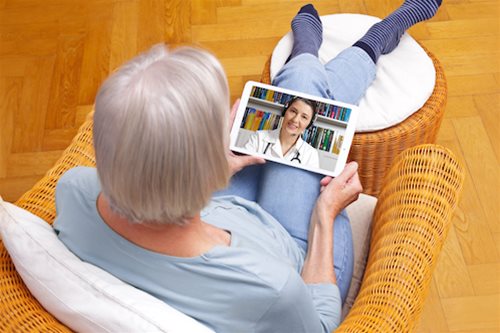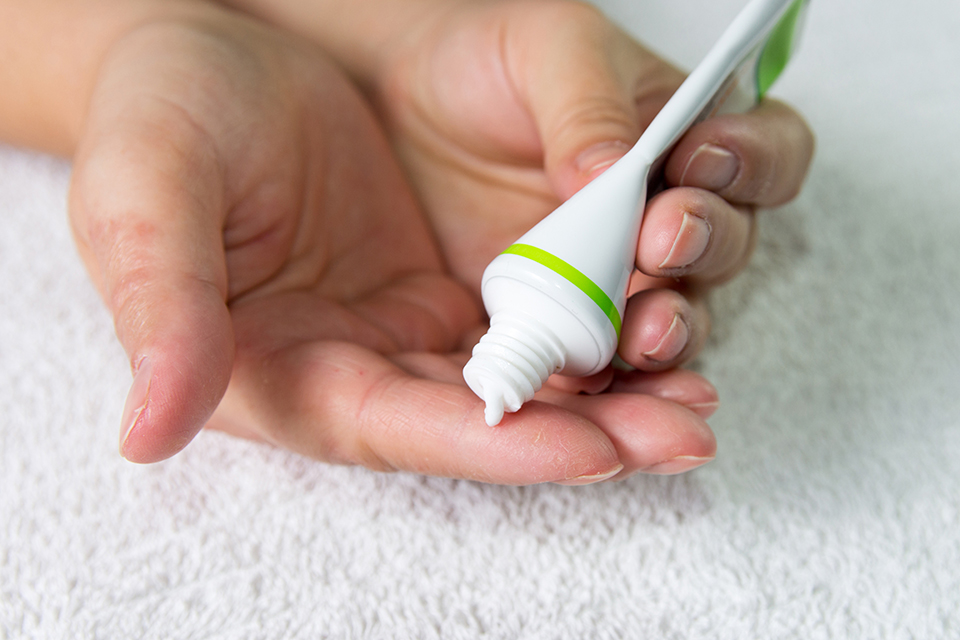
During the pandemic, use of telehealth increased dramatically among older adults with chronic conditions, including chronic kidney disease (CKD). Approximately 38% of adults >65 years of age in the United States have CKD, corresponding to 20% of traditional Medicare payments ($114 billion annually). Due to the Advancing American Kidney Health Initiative and the 2018 Bipartisan Budget Act, telehealth is likely to remain significant to CKD care.
Prior to the pandemic, telehealth was seen as a cost-effective strategy to improve access to care for patients with chronic illnesses. However, according to Keren Ladin, PhD, MSc, and colleagues, there are few data available on whether and how telehealth promotes patient-centered care among older adults with complex conditions such as CKD.
Telehealth may improve access to patient-centered care, particularly for populations with challenges with transportation or caregiving. Some patients are willing to use telehealth and results of small observational studies suggest similarities in outcomes between patients receiving telehealth and those receiving in-person care.
Previous studies of the impact of telehealth on engagement and experience of older, critically ill adults have relied on surveys or claims data that were insufficient for understanding telehealth experiences of older adults with chronic conditions. Dr. Ladin et al. conduced a qualitative study at four sites to address those gaps by identifying factors affecting telehealth experiences of older adults with CKD, their care partners, and kidney clinicians to improve patient-centered telehealth. Results were reported online in JAMA Network Open [doi:10.1001/jamanetworkopen.2021.37193].
The study utilized semi-structured interviews that were conducted from August to December 2020 with purposively sampled patients, caregivers, and clinicians in Boston, Massachusetts; Chicago, Illinois; Portland, Maine; and San Diego, California. Eligible patients were ≥70 years of age with CKD stages 4 to 5. The participants described experiences with telehealth, including the factors that contributed to and impeded engagement, satisfaction, and quality of care. Data were analyzed using thematic analysis.
The researchers conducted a total of 60 interviews: 19 clinicians; 30 patients; and 11 care partners. Of the patients, 43% (n=13) were non-Hispanic Black, 67% (n=20) were women, and 73% (n=22) were ≥75 years of age. Sixteen of the 19 clinicians were nephrologists. Mean interview time was 30 minutes.
Quality of Care
Most clinicians felt that, due to the inability to conduct physical examinations and laboratory test, telehealth compromised care quality. One clinician said, “It’s not good medicine to…not see people in person. The physical exam is really a part of what we do and not being able to examine the patient is a problem.” Another said, “I’m always worried I’m missing something.” Another said, “Our [telehealth] assessment is not as good. There’s a lot of holes. You’re going to get in trouble if you do [telehealth] too many times sequentially.” Another said, “I just really hate [telehealth]…So it saves maybe a bit of [COVID-19] exposure, but unfortunately [we] need labs. I don’t know how much we’re really saving them in terms of keeping them safe.”
A few clinicians did value the holistic understanding of patients’ home environment and self-management. One clinician said, “When you’re going through the medications, [patients]…can actually hold the bottle up and show you. There are some things that you can do better [with telehealth}. It does give you a little bit of a view of the setting in which the patient lives.” Some clinicians noted that telehealth can empower patients to participate in their care. One said, “We’re learning [patients are] able to check their blood pressures, knowing that they can show me…[what] I need in order to make a good assessment.”
Concerns of patients centered around the quality of care and home diagnostics. One patient said, “I don’t think it’s a good idea to try to diagnose people over the telephone…Your machine may not be as good as the ones at the doctor’s office, and you may be getting a wrong result.” Another said, “I’m not good at doing the blood pressure at home.
Patient-Clinician Engagement
Patients, care partners, and clinicians all described telehealth as more convenient, less costly, and more efficient than visits to the clinic. One patient said, “I actually prefer [telehealth] rather than have to hike…to the medical center.” Patients reported appreciating the relaxed home environment and the reduction in COVID-19 risks. One patient said, “You’re more comfortable when you’re not sitting on a stool in some doctor’s office waiting room. You don’t have to dress up.”
Care partner engagement was facilitated with telehealth, particularly while visitation restrictions were in place. A care giver said, “If [I] wasn’t at the appointment, then I would worry, ‘Did [they] tell her everything?’ Telehealth has been very helpful.” A patient said, “My sister’s got a computer…She contacts the doctors, it’s working out wonderful.”
The challenges to patient engagement cited by the participants included technical issues and a lack of a quiet, private place. One clinician said, “The technology’s not perfect. Sometimes there are sound issues…internet connection issues. There’s not really a lot of real-time help for the patient.” Another said there were “lots of technical challenges…which are dumped on the provider and the patient and which we have to solve without a lot of technical support.” Other concerns centered on harms to the patient-clinician relationship, limited ability to comfort patients in virtual settings, and reduced patient trust.
Study limitations cited by the researchers included the possibility of recall bias as well as the underrepresentation of Hispanic patients and non-English speakers.
In conclusion, the authors said, “The findings of this study suggest a spectrum of telehealth satisfaction among older patients with CKD and care partners and found nephrologists tended to be less satisfied with telehealth. Training clinicians in virtual physical examinations, interspersing in-person visits, and interventions to mitigate disparities is needed.”
Takeaway Points
- Results of a qualitative study using semi-structured interviews conducted in 2020 to examine patient, care partner, and clinician perceptions of the benefits and drawbacks of telehealth compared with in-person visits.
- Benefits of telehealth included convenience, greater care partner engagement, and clinicians’ understanding of patients’ home environments.
- Drawbacks reported were concerns about care quality due to limited physical examination and laboratory tests and loss of social connection.







 © 2025 Mashup Media, LLC, a Formedics Property. All Rights Reserved.
© 2025 Mashup Media, LLC, a Formedics Property. All Rights Reserved.